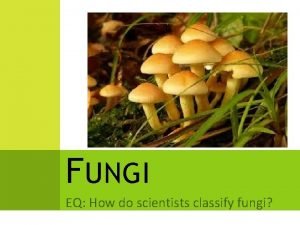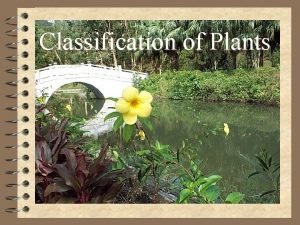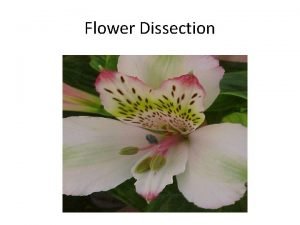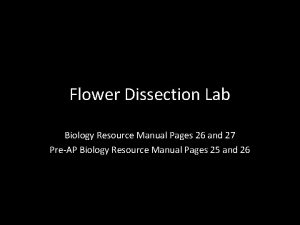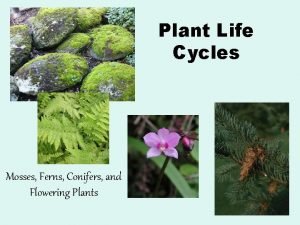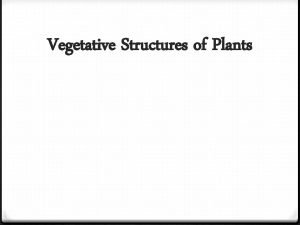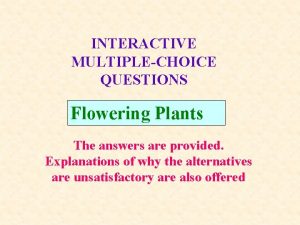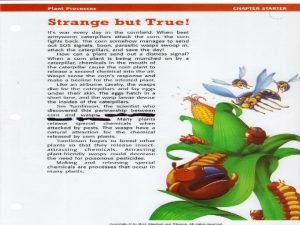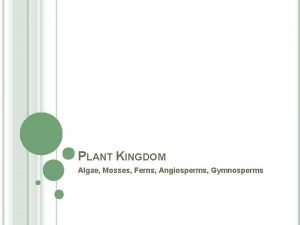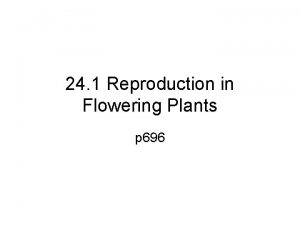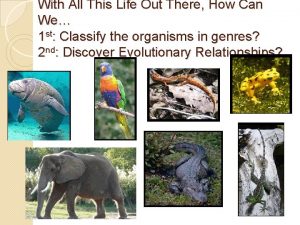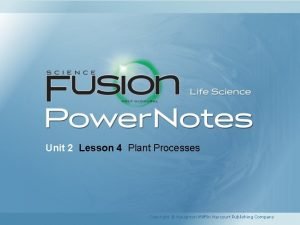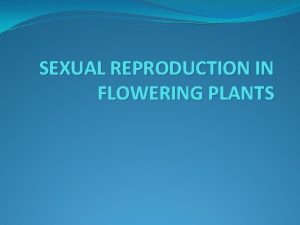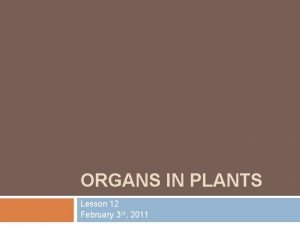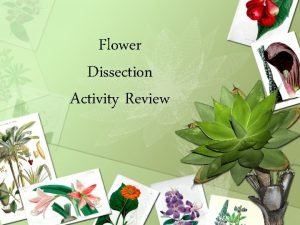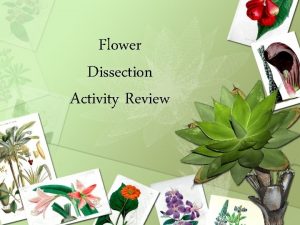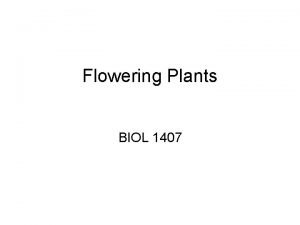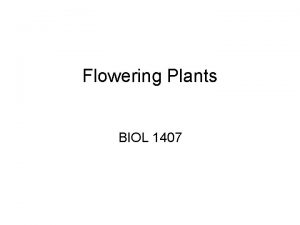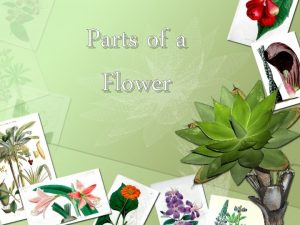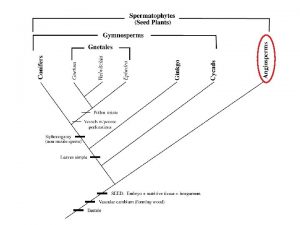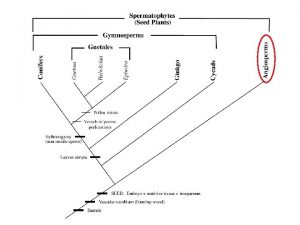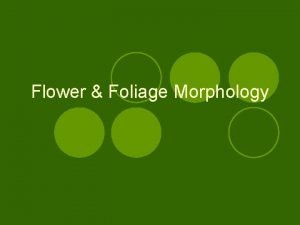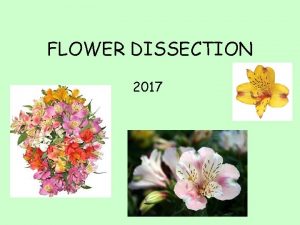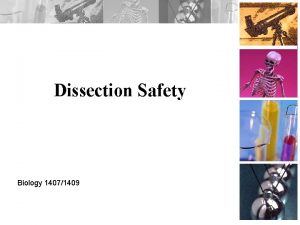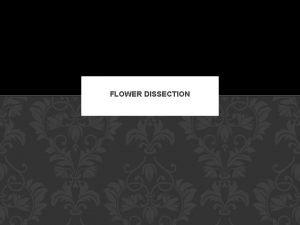Flower Dissection Activity Review Flowering Plants A flowering
















- Slides: 16

Flower Dissection Activity Review

Flowering Plants A flowering plant has both male and female parts. The female part is called the pistil. The male part is called the stamen.

Stamen: The male reproductive structure of a flowering plant

Anther: the structure located on top of the filament of the stamen and carries the pollen

Pollen is the male sex cell that donates half of the DNA to make a seed. It is a powdery substance, usually orange or yellow in color, that gets carried by pollinators.

Filament: a thread-like part that holds up the anther

Pistil: the female reproductive structure of a flowering plant

Stigma: the sticky surface on the top of the pistil; it traps and holds the pollen

Style: the tube-like structure that holds up the stigma - Note that the style is thicker than the filament of the male structure --why? The style is hollow & has to be big enough to allow pollen grains to slide down it

Ovary: the plant part at the bottom of the flower that has ova inside (this turns into the fruit and seeds we eat)

Ova: the female sex cells inside the ovary that donate half the DNA to become the seed (They become the seeds when pollinated & fertilized by the pollen. ) A baby seed!

Flower Protection Petal: the colorful flower parts that surround the reproductive structures

Sepal: the green petal-like parts at the base of the flower; they help protect the bud when it develops Sepal

Types of Flowers Perfect: flowers that have both male and female parts (ex. Roses, lilies, and pea plants)

Imperfect: flowers with just male or female parts (ex. cucumbers, pumpkins, and melons)

Pollination: when pollen moves from the male parts to the female parts Pollination is the step before fertilization in plants. Fertilization is when the male and female gametes join to form an embryo (seed).
 Classification of non flowering plants
Classification of non flowering plants Plants classification
Plants classification Characteristic of mosses
Characteristic of mosses Alstroemeria dissection
Alstroemeria dissection Virtual flower dissection lab
Virtual flower dissection lab Mosses flowering plants
Mosses flowering plants Part of flower
Part of flower Multiple choice questions on flowering plants
Multiple choice questions on flowering plants Flower structure and reproduction
Flower structure and reproduction Morphology of inflorescence
Morphology of inflorescence Parts of plant
Parts of plant Algae mosses and ferns
Algae mosses and ferns Female parts of a flower
Female parts of a flower Phylogenic
Phylogenic Unit 2 lesson 12 flowering plants
Unit 2 lesson 12 flowering plants Structure of pollen grain
Structure of pollen grain Lesson 12 flowering plants
Lesson 12 flowering plants

